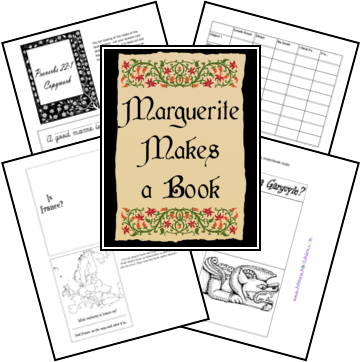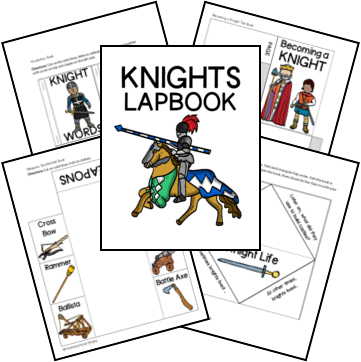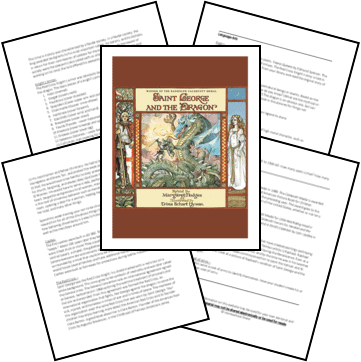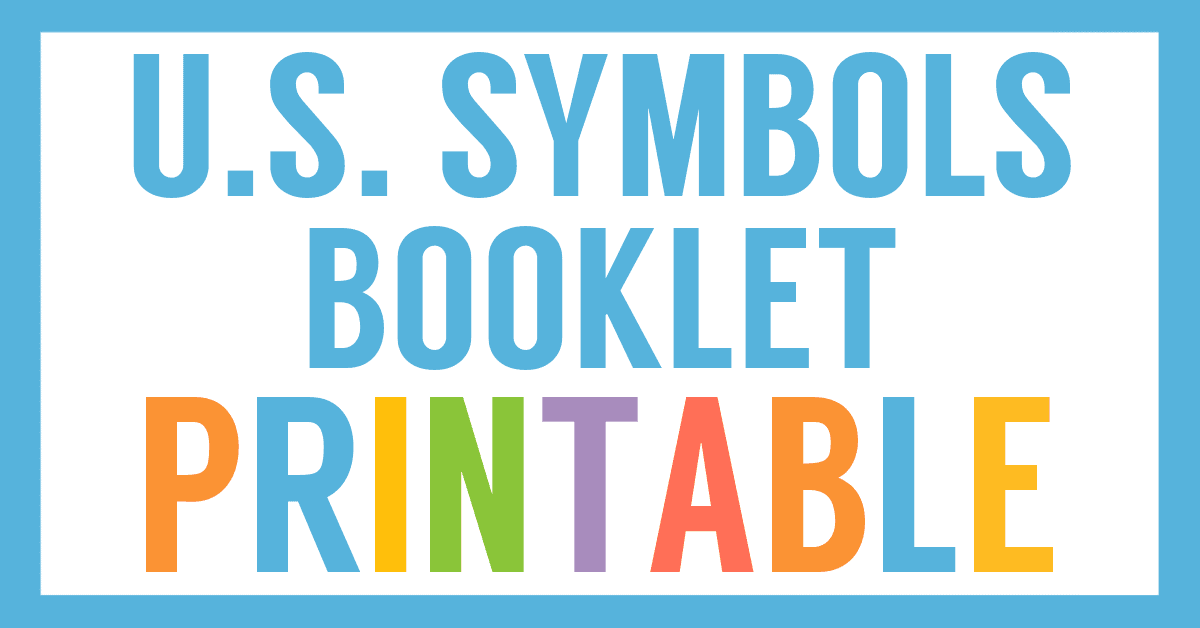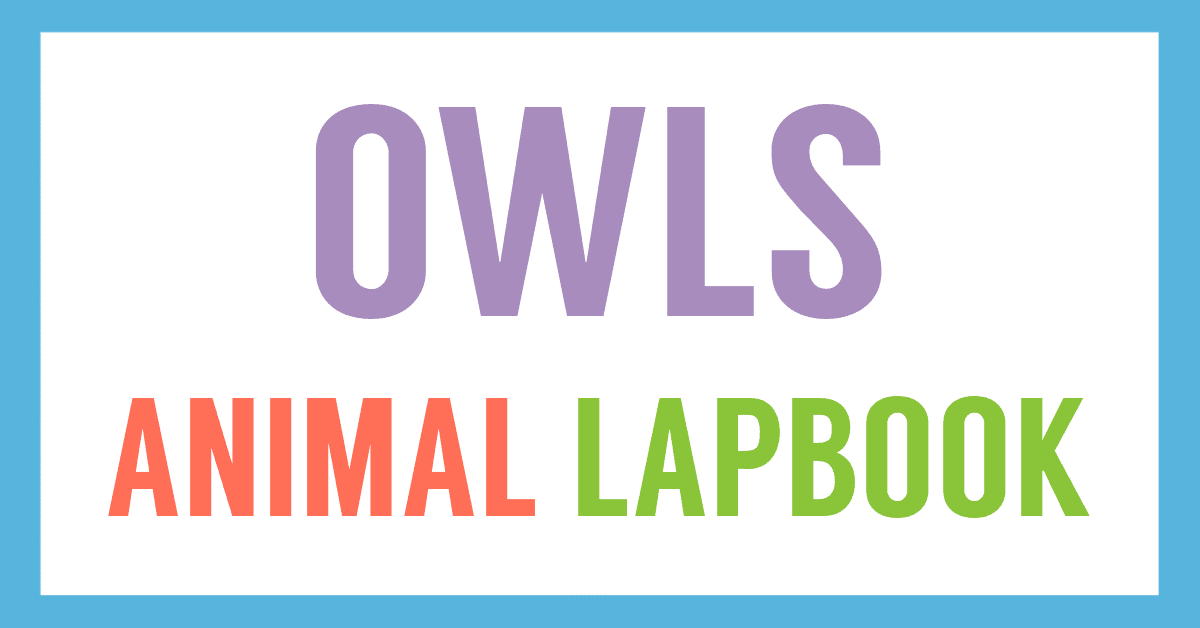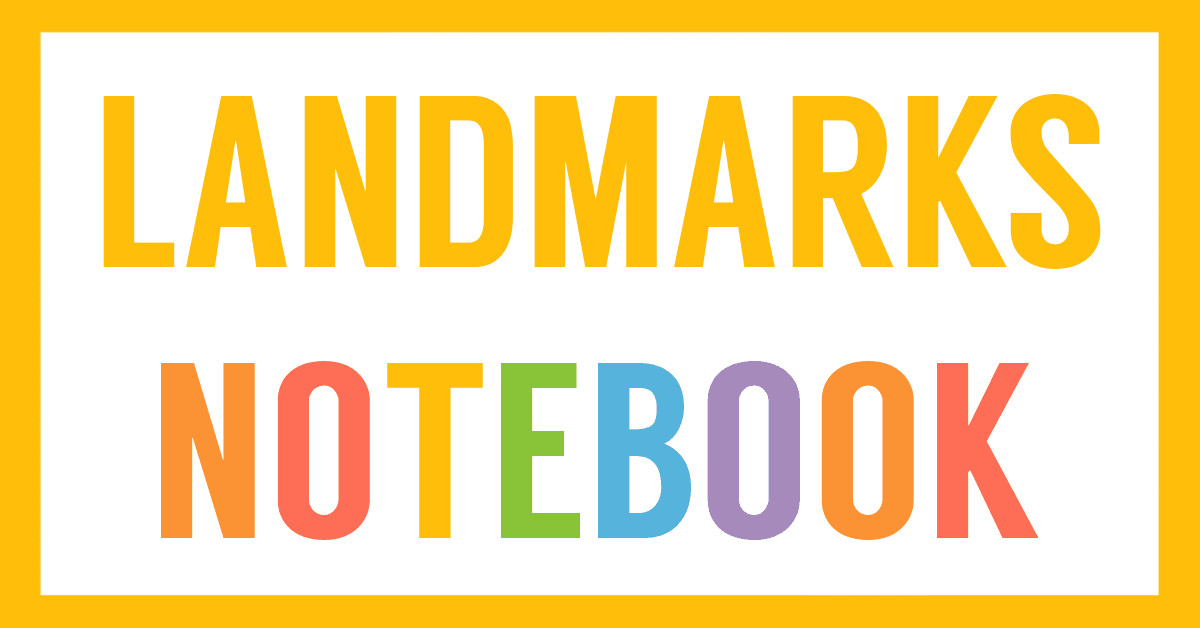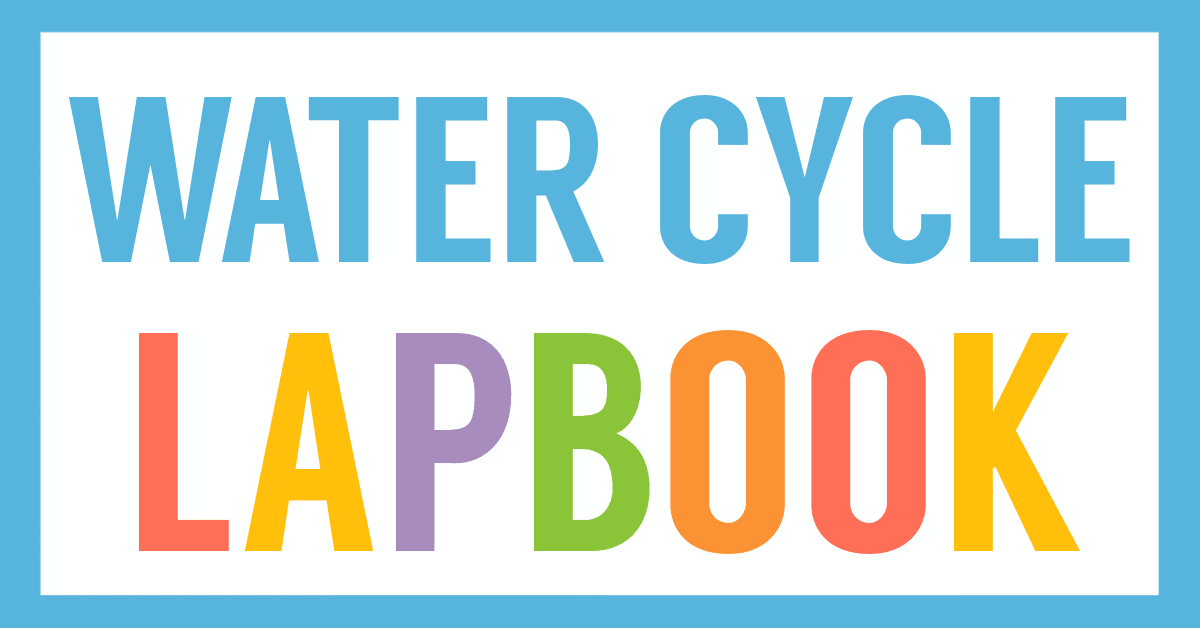Affiliate Disclaimer
We sometimes use affiliate links in our content. This won’t cost you anything, but it helps us to keep the site running. Thanks for your support.
In Paris in the 1400s, a young girl named Marguerite delights in assisting her father, Jacques, in his craft: illuminating manuscripts for the nobility of France. His current commission is a splendid book of hours for his patron, Lady Isabelle, but will he be able to finish it in time for Lady Isabelle’s name day?
In this richly illustrated tale, Marguerite comes to her father’s aid. She journeys all over Paris buying goose feathers for quills, eggs for mixing paints, dried plants and ground minerals for pigments. Then she expertly finishes the illumination of Lady Isabelle’s book, to the delight of her father and his patron.
This amazing story brings to life a variety of lessons found in our Marguerite Makes a Book unit study and lapbook. Grab the file and get started. You won’t want to miss this book or this study.
Thanks to Celia for teaming up with me to write the lessons for this Marguerite Makes a Book unit study.
Marguerite Makes a Book Unit Study Lessons
This unit study includes lessons and printables based on the book Marguerite Makes a Book by Bruce Robertson.
Here are some sample lessons from the Marguerite Makes a Book Unit Study.
History — The Middle Ages
The setting of our story is Paris, France during the Middle Ages. The Middle Ages are also known as the Medieval Ages. The Middle Ages came between (in the middle of) the Ancient World (before the 400s AD) and the Modern World (after the 1400s AD). The time period of the Middle Ages could also be defined as the time between the fall of the Western Roman Empire (476 AD) and the fall of the Eastern Roman Empire (1453).
It is somewhat of a myth that the Middle Ages were a time where education was put on a back burner and that no advances in science and technology were made. The Middle Ages occurred in all cultures, but for this lesson we will focus on the European Middle Ages.
The European Middle Ages can be divided into three distinct periods:
- The Early Middle Ages
- The High Middle Ages
- The Late Middle Ages
The Early Middle Ages occurred from 500 AD to 1000 AD. During this time, many people invaded Europe now that the western half of the Roman Empire had fallen. This portion of the Middle Ages has also been called the Dark Ages, a reflection of the many invasions. Trade declined because of the invasions. The lack of a central government created chaos. With no government, the people looked to the strongest local leader for protection. Contact with other parts of Europe and the Middle East was all but lost completely. Eventually the Catholic church would rise as a central organizer.
The High Middle Ages occurred from 1000 AD to 1300 AD. Finally, peace and order! The instability and the invasions of the Early Middle Ages finally came to an end. As such, peasants expanded their farms and villages, merchants traded more and long distance trade was revived, town governments began, and universities were built. During the High Middle Ages, Europe’s population doubled.The Late Middle Ages occurred from 1300 AD to 1500 AD. This portion of the Medieval Ages was once again marked by war and governmental upheavals–and on top of that, there were also natural disasters! England and France fought over who should rule France. This began a war that started in 1337 and ended in 1453 and was known as the Hundred Years War. (Have your student do the math–what a silly name!). As if it weren’t enough for the countries to be fighting, the Catholic church leaders (popes) also fought about which one should be leader! During the early 1300s, a mini ice age began (and lasted until the 1700s!) and Europe was much colder and rainier. Under these weather conditions, crops failed and food prices soared. Then from 1348 to 1351, the Bubonic Plague (also referred to as “The Black Death”) ravaged Europe. Whole villages disappeared in a matter of hours. Before it’s end, as much as half of the population of Europe died from the plague. Not all of the Late Middle Ages were bad though. A revitalization in learning and the arts began. Brave men began to set sail for new worlds, beginning at age of exploration.
Also the Late Middle Ages saw the creation of an invention that would change the world: Johann Gutenberg’s printing press. His invention in 1440 allowed the copying of a single page of text onto many sheets of paper. The papers were then collated together and bound, and thus several copies of the same book were created. Prior to this, books were copied by hand, one at a time, as in our story.
History — Book of Hours:
During the Middle Ages, men created beautiful books. Back then, books were not printed by the thousands as they are now. Each book was painstakingly copied and bound–all by hand.
Books of Hours contained prayers, hymns, psalms, and sometimes lessons learned from other people–very similar to our books of devotions today. The pages within were highly decorated, which gave the book (and its illuminator) prestige. Often a book of hours would also contain a calendar to remind the owner of important holidays. These pages were often decorated with scenes associated with that time of year (spring, harvest, etc.). Often, too, a Book of Hours would include a picture of the owner.
Only the wealthy could afford to commission someone to make a Book of Hours for them and to pay them for the expensive materials required to make it. Making a book during the Middle Ages was a very long and often tedious process. First, parchment (also called vellum), made from animal skin, had to be prepared specifically to receive ink and paint. Then its surface was ruled by an assistant to allow for straight lines. A scribe carefully copied the text, leaving spaces for the illuminator to decorate. Then an illuminator added the decorated uppercase letters and created beautiful scenes and borders for the pages, using goldleaf and bright colors. Then pages were placed in order, and the book was bound.
The most famous Book of Hours is Les Très Riches Heures du Duc de Berry. It was commissioned by Jean, Duc de Berry, in 1413. He loved books and owned 14 Bibles and 15 Books of Hours. The book had actually been started in 1384, but left unfinished (perhaps the artist died?). Jean died in 1416 and the book was once again left unfinished. It was finally finished during the years of 1484 to 1489…over 100 years after it was originally started.
The Book of Kells, while not a Book of Hours, is another beautiful example of an illuminated work from the Middle Ages. It contains the four gospels, written in Latin. It is one of the most famous manuscripts to have survived the Middle Ages. It contains 680 pages–of which, only two are undecorated. Look for pictures or videos that show pages from the Book of Kells and how a Medieval manuscript was made.
You can grab a copy of the entire Marguerite Makes a Book Unit Study and Lapbook in an easy-to-print file at the end of this post.
Marguerite Makes a Book Lapbook Printables
In addition to the unit study lessons, this file also includes mini-books for your student to create a Marguerite Makes a Book lapbook. Because it contains so many mini-books, you may want to use a notebook to store everything.
These mini-books are included:
- The Middle Ages Layer Book
- Flag of France Simple Fold
- Map of France Shutterfold
- Vocabulary Crossword Puzzles
- Paris in the Middle Ages Simple Fold
- Book of Hours Accordion
- Prepared Folder
- Parts of the Eye Envelope Book
- Near Sighted vs. Far Sighted Glasses
- Medieval Occupation Report Form & Pocket
- Medieval Occupations Side by Side Book
- Sensory Details Shape Book
- Gothic Architecture Tri-fold Book
- Gargoyle Matchbook
- Lapis Lazuli Flap Book
- Gold Leaf Matchbook
- Ratios Around My House Simple Fold
- Vocabulary Flap Books
- And more!
How to Get Started with Your Marguerite Makes a Book Unit Study & Lapbook
Follow these simple instructions to get started with the Marguerite Makes a Book Unit Study:
- Buy a copy of the book, Marguerite Makes a Book, or borrow one from your local library.
- Print the Marguerite Makes a Book unit study.
- Choose the lessons you want to use with your student (a highlighter works great for this).
- Choose and prepare the lapbook printables you want to use with your student.
- Enjoy a week in The Middle Ages!
Get Your Free Marguerite Makes a Book Unit Study & Lapbook
Simply click on the image below to access your free Marguerite Makes a Book Unit Study and Lapbook.

